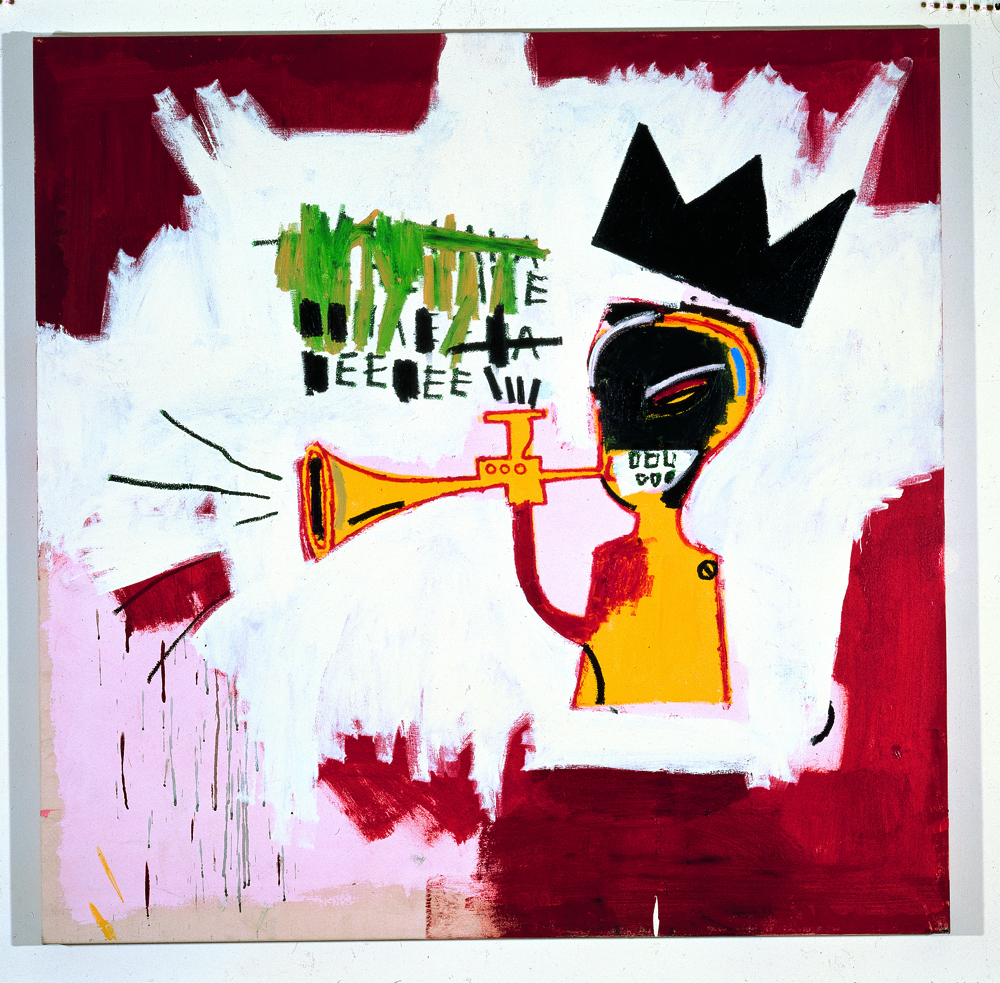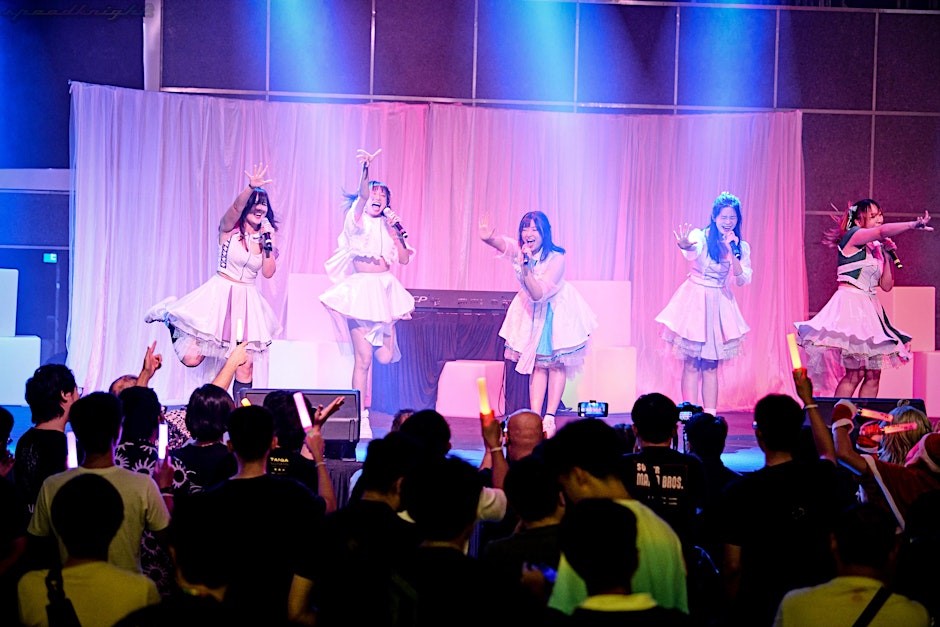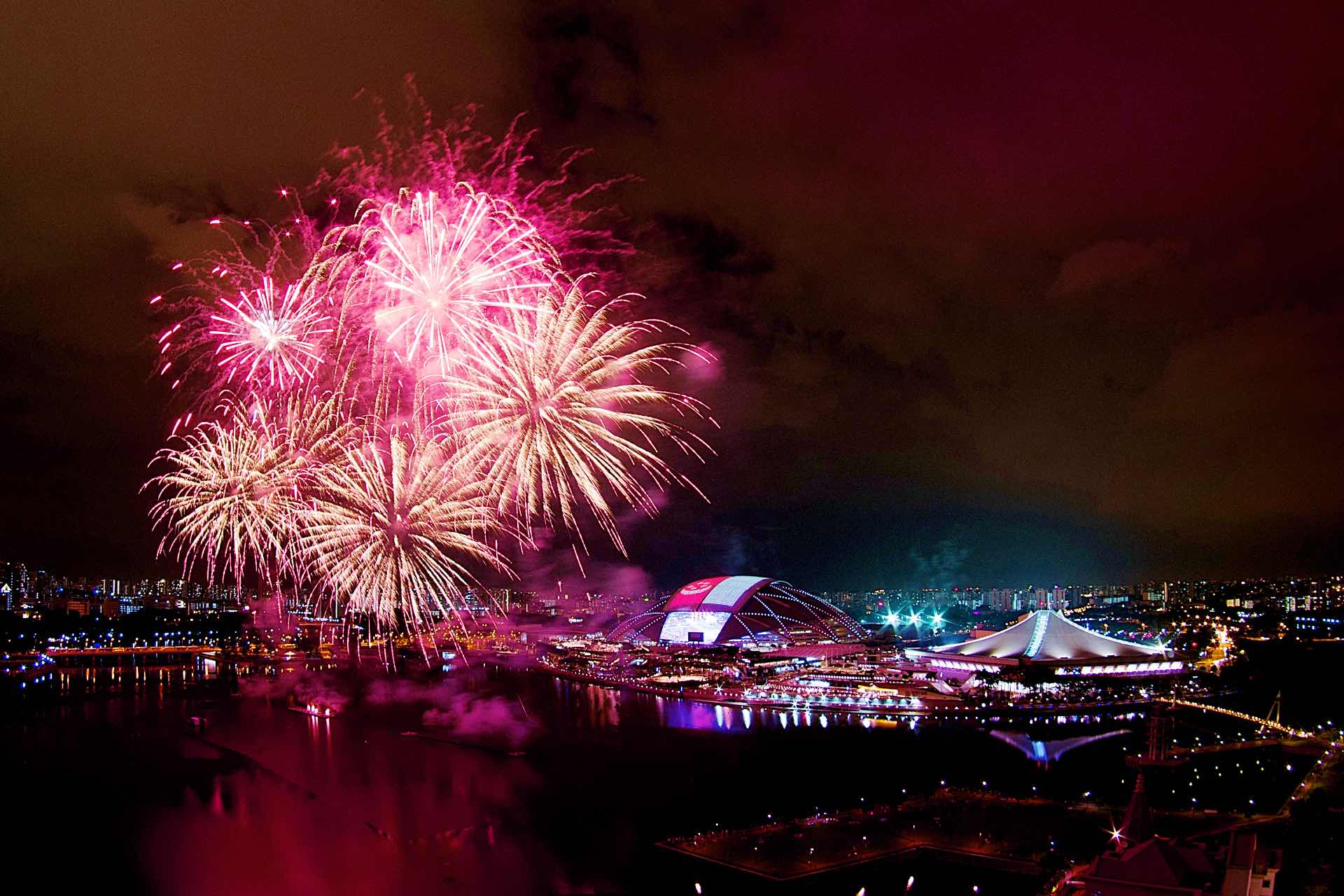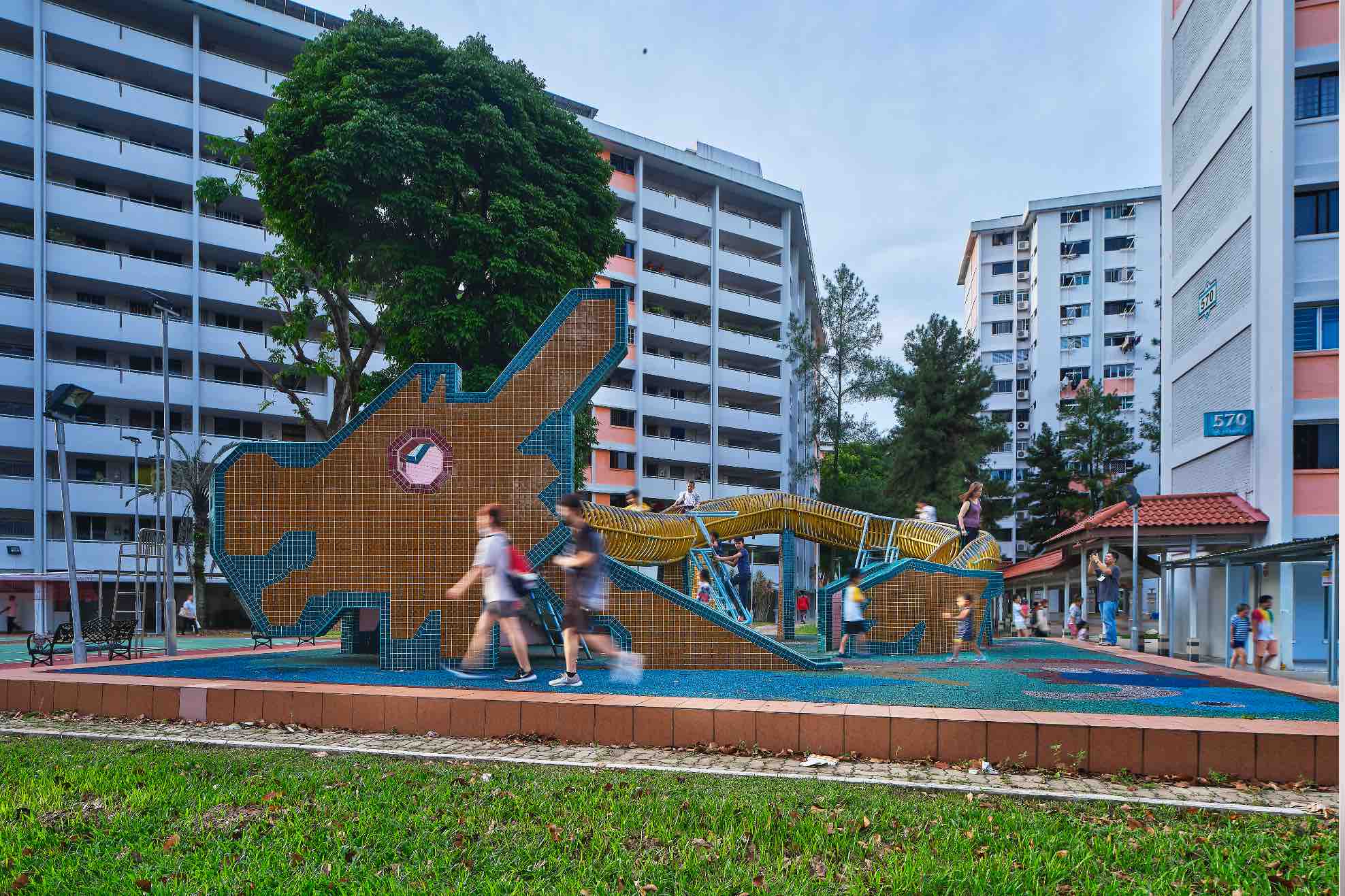
In its early days, Ang Mo Kio was called Kow Tiow Kio (“nine bridges” in Hokkien) because it took nine bridges to reach Upper Thomson Road from Lorong Chuan. With its vibrant atmosphere, the bustling, modern town remains true to its kampong spirit while adding heritage sites, hawker food, parks, and an instantly recognisable vintage dragon playground.
These and more can be found along the refreshed Ang Mo Kio Heritage Trail, first launched by the National Heritage Board (NHB) in 2011. It covers a total of 40 heritage sites and includes 10 heritage markers, making it great for culture vultures and wannabe historians.
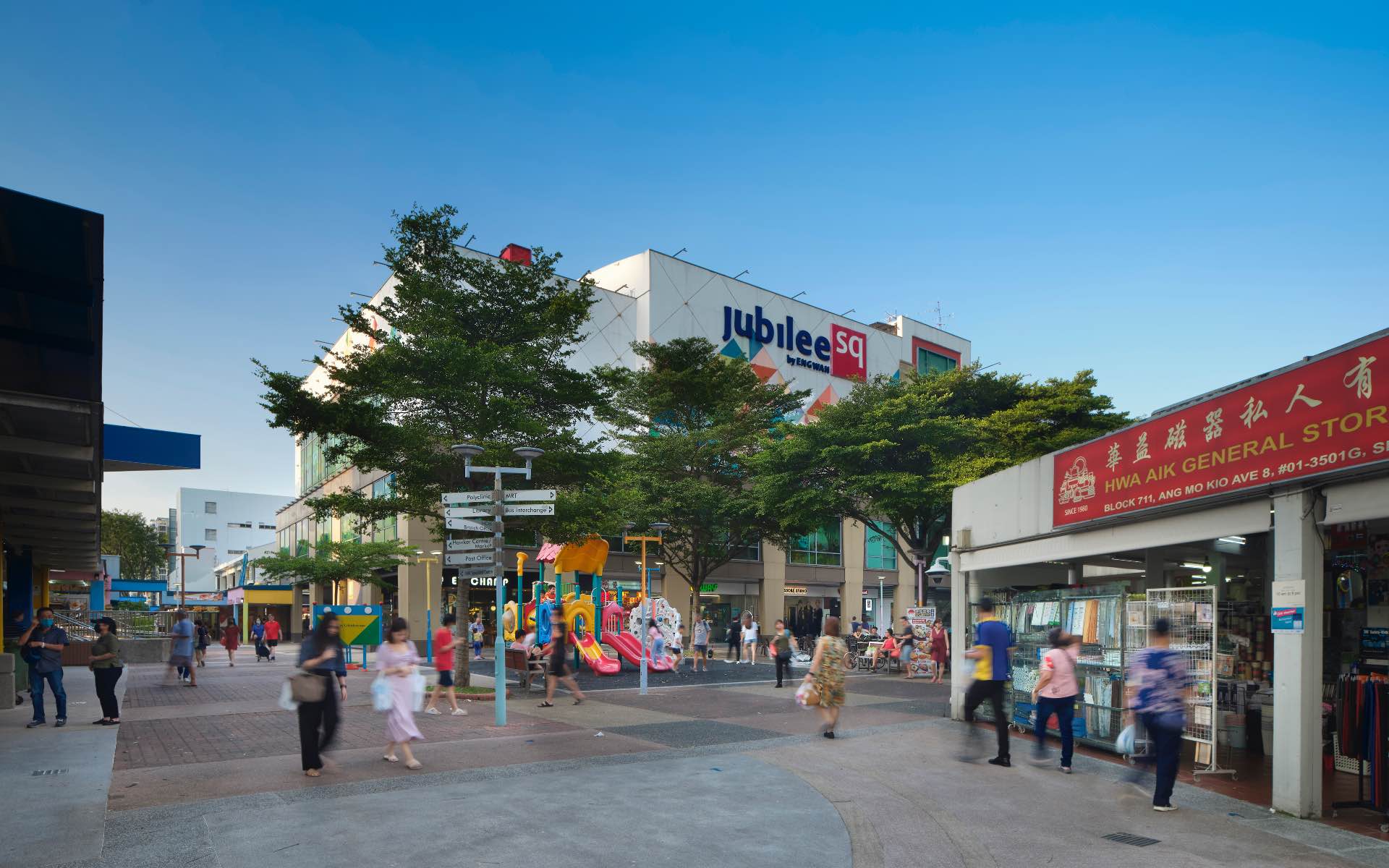
Ang Mo Kio is home to several unique sites, including the 21-hectare Ang Mo Kio Town Garden West, one of our largest town gardens when it was built in 1983, and Ang Mo Kio Town Council, the first in Singapore.
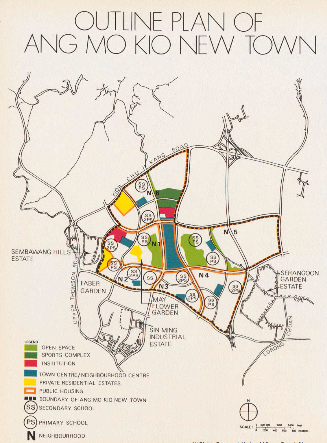
New sites and real stories
The revised trail includes 13 new sites, as well as two new markers at the Church of Christ the King, the only Catholic church in Yio Chu Kang since 1982, and at Liuxun Sanhemiao, a joint temple combining Sam Ann Fu, Longxuyan Jinshuiguan, and Hong San Chin Huat Temple Association.
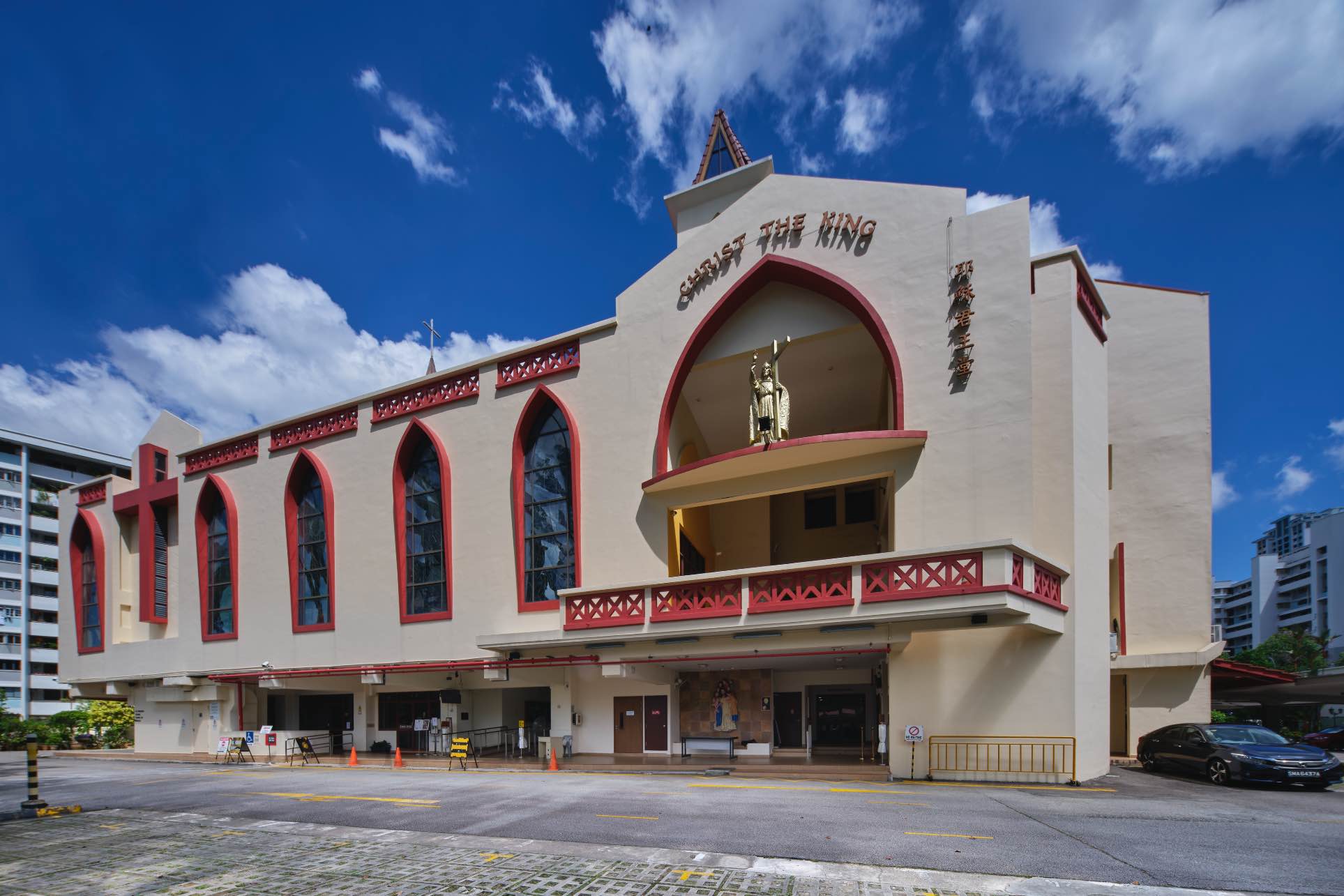
The trail also reveals new stories about its history. Using fresh research and interviews with town residents, it examines the town’s transformation from plantations and farms to a bustling residential and commercial hub.
Gerald Wee, director of Education and Community Outreach, says since the Ang Mo Kio Heritage Trail was launched in 2011, NHB has worked closely with the community and unearthed interesting new facts and stories about its history and heritage.
“By refreshing the trail, we hope Singaporeans will gain a deeper appreciation of this quintessential Singaporean heartland, and residents will be imbued with a greater sense of pride and belonging,” says Wee.
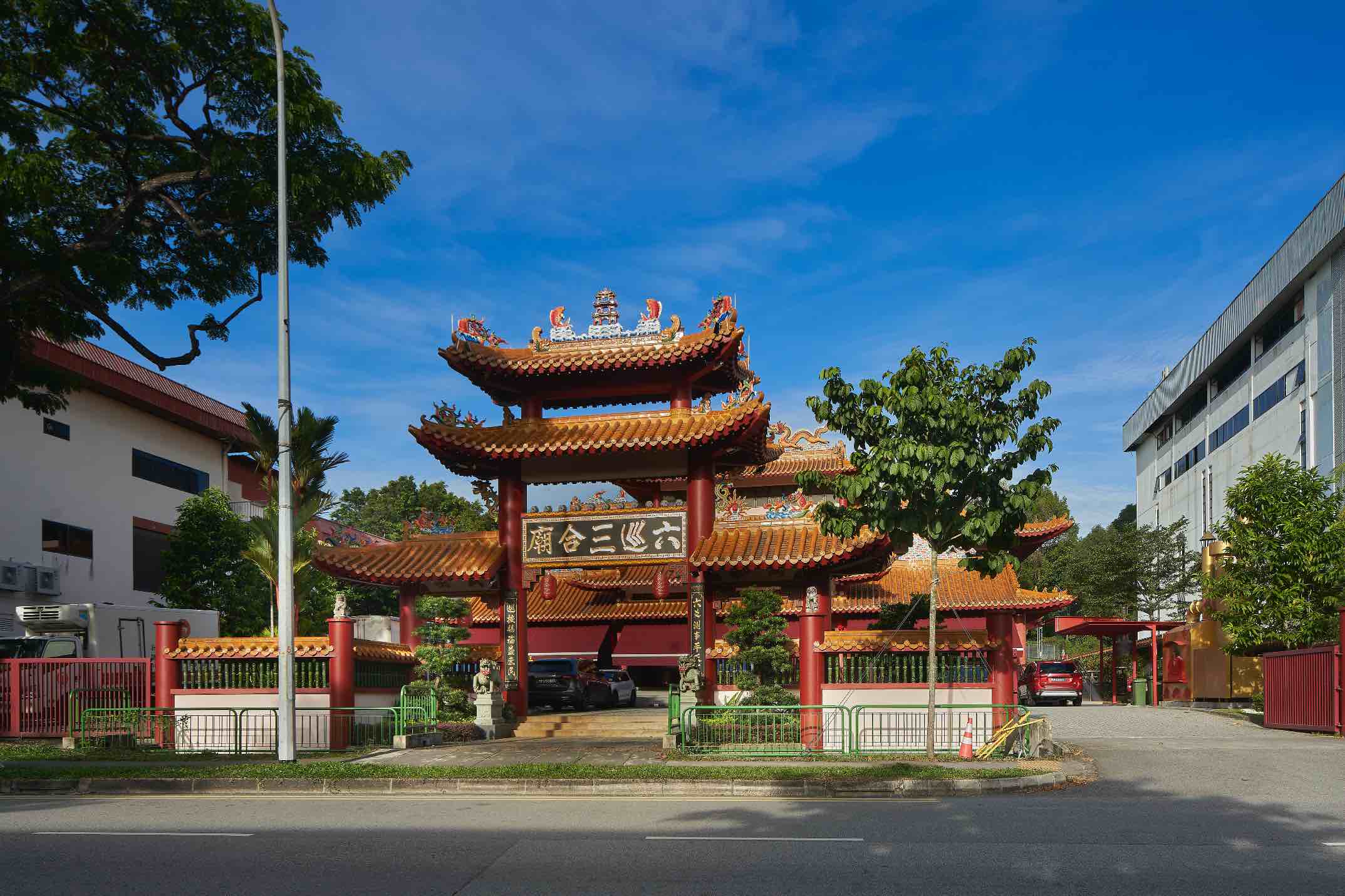
Boosting the community spirit, it showcases the diverse aspects of the town through the perspectives of residents from different walks of life, cultural backgrounds, and faiths.
From a rural area to a heartland icon
Its rural origins shaped Ang Mo Kio into a town with many firsts. One of HDB’s first estates, it served as a testing ground for different architectural styles, building methods, and initiatives. Block 259 at Avenue 2, also known as the “Clover Block” for its resemblance to the plant when seen from above, for example, remains the only circular public housing block in Singapore.
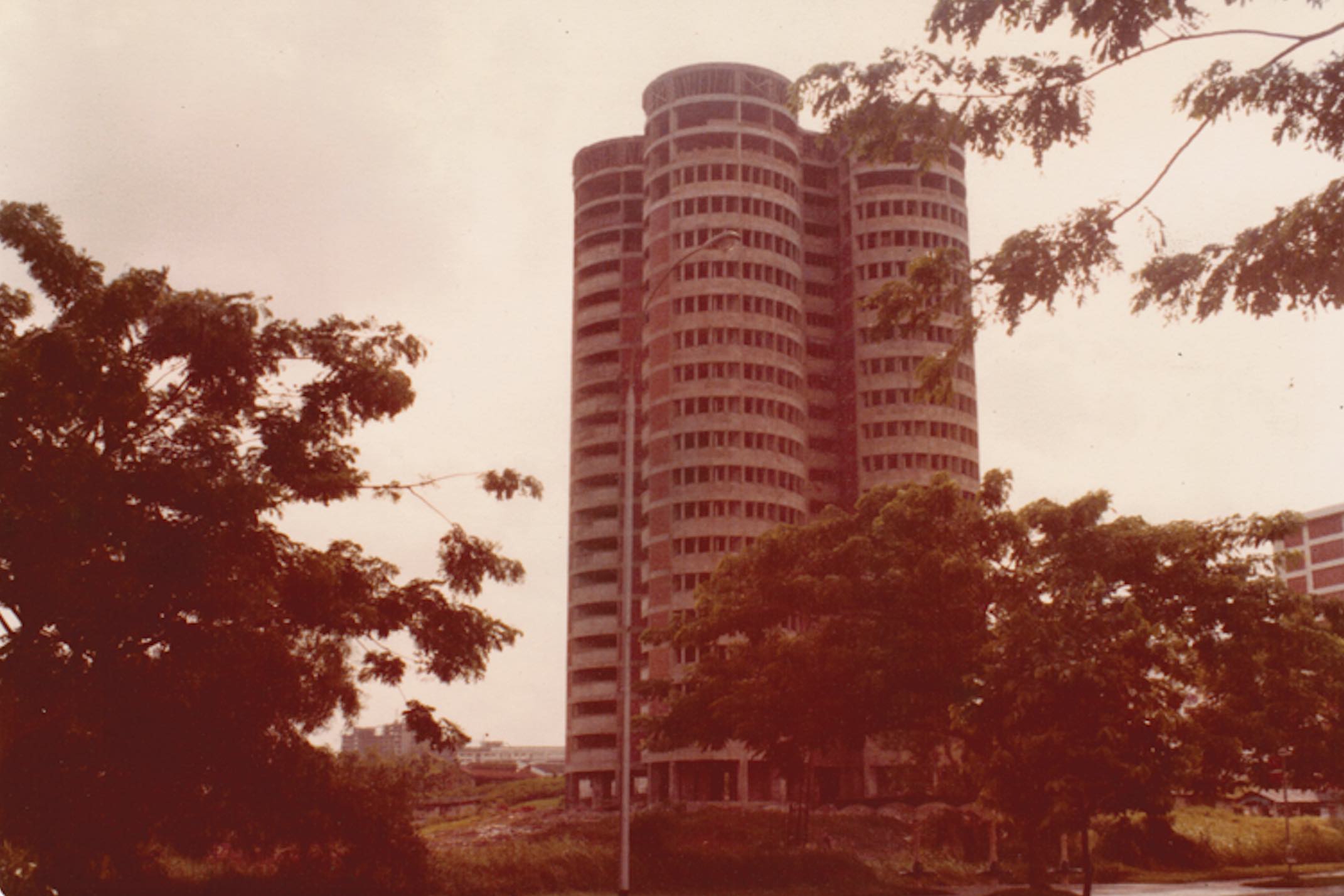
As for the town council concept, it originated in Ang Mo Kio in 1986. Ang Mo Kio Town Council was first proposed in 1984 by Lim Boon Heng, then Kebun Baru’s Member of Parliament, to give residents a greater sense of ownership and autonomy over their housing estates. Following this successful pilot programme, the Town Council Act was passed in 1988.
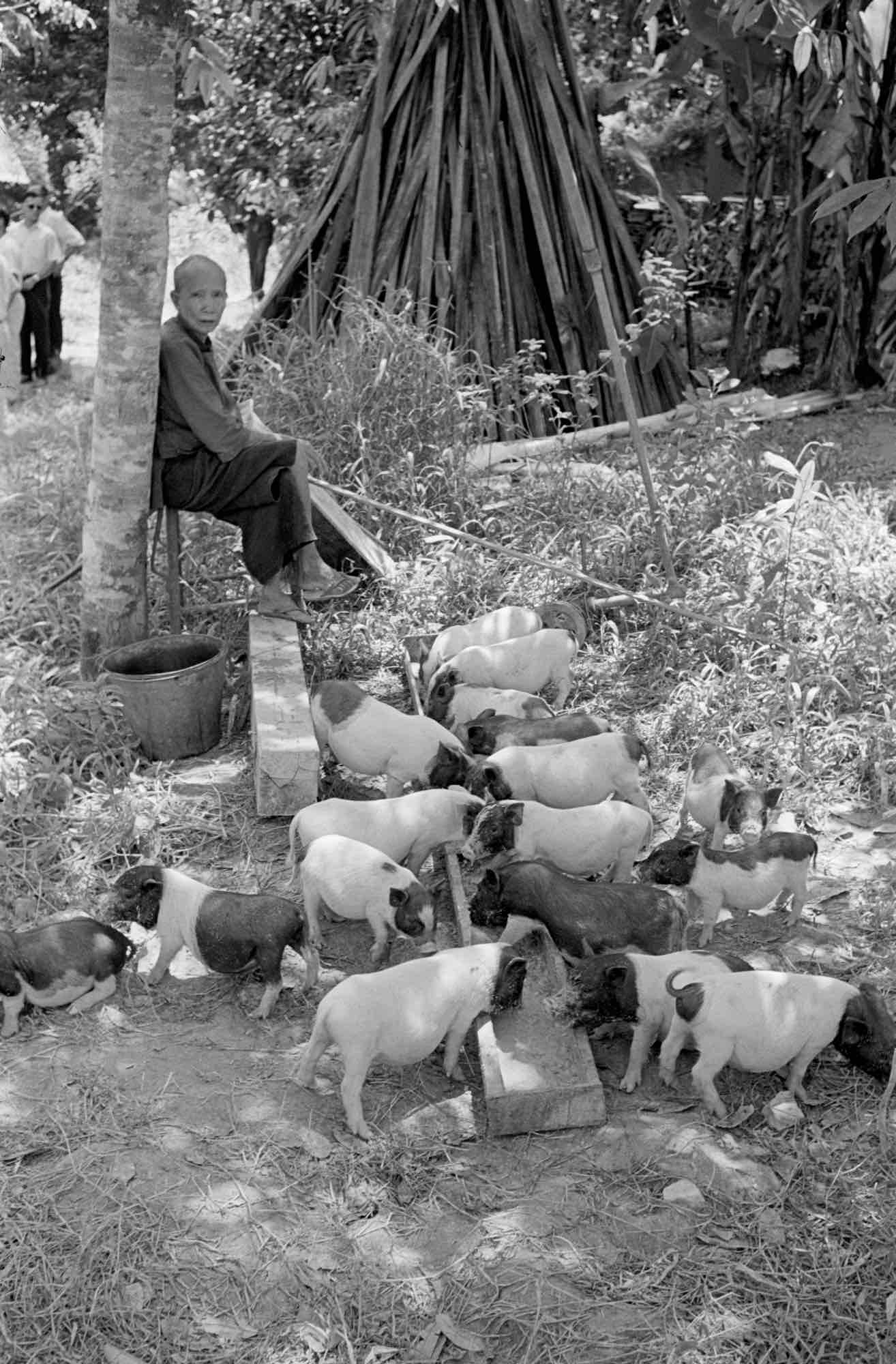
Hiding in plain sight
The trail also uncovers lesser-known stories about the town, such as Xu Beihong’s cache of artworks hidden at Chong Boon Chinese School in Lelong Pah. As the Japanese invaded Malaya in 1941, he held an exhibition of his ink paintings of horses and birds to raise funds for the Sino-Japanese war in 1941. To evade surveillance, he took refuge in Lelong Pah while his art tools and artworks were carefully sealed in ceramic vats. After the occupation, they were returned to Xu.

Kebun Baru Birdsinging Club has been a gathering spot for bird keepers and enthusiasts for decades. Established by three zebra dove enthusiasts and Ang Mo Kio residents, the club erected poles to expand its membership in 1987. Currently, it can accommodate over 1,000 cages, hosts bird singing competitions regularly, and remains Singapore’s largest bird singing and display arena. One of its founders, Teng Leng Foo, has a traditional bird cage-making business in Block 159, next to the arena.
Rediscover Ang Mo Kio through three thematic routes
Trail-goers can dive deeper into stories like these with the Ang Mo Kio Heritage Trail companion guide. As part of the refresh, three newly curated thematic routes take enthusiasts on different journeys featuring the town’s iconic landmarks and sites, hidden heartland narratives, artefacts and installations, and the picturesque outskirts of Ang Mo Kio.
The Ang Mo Kio Heritage Trail’s companion guide and map (available in four official languages) can be downloaded from NHB’s heritage portal, Roots.gov.sg. For video of highlights, check out go.gov.sg/angmokioheritagetrail.
All photos courtesy of National Heritage Board unless indicated.


